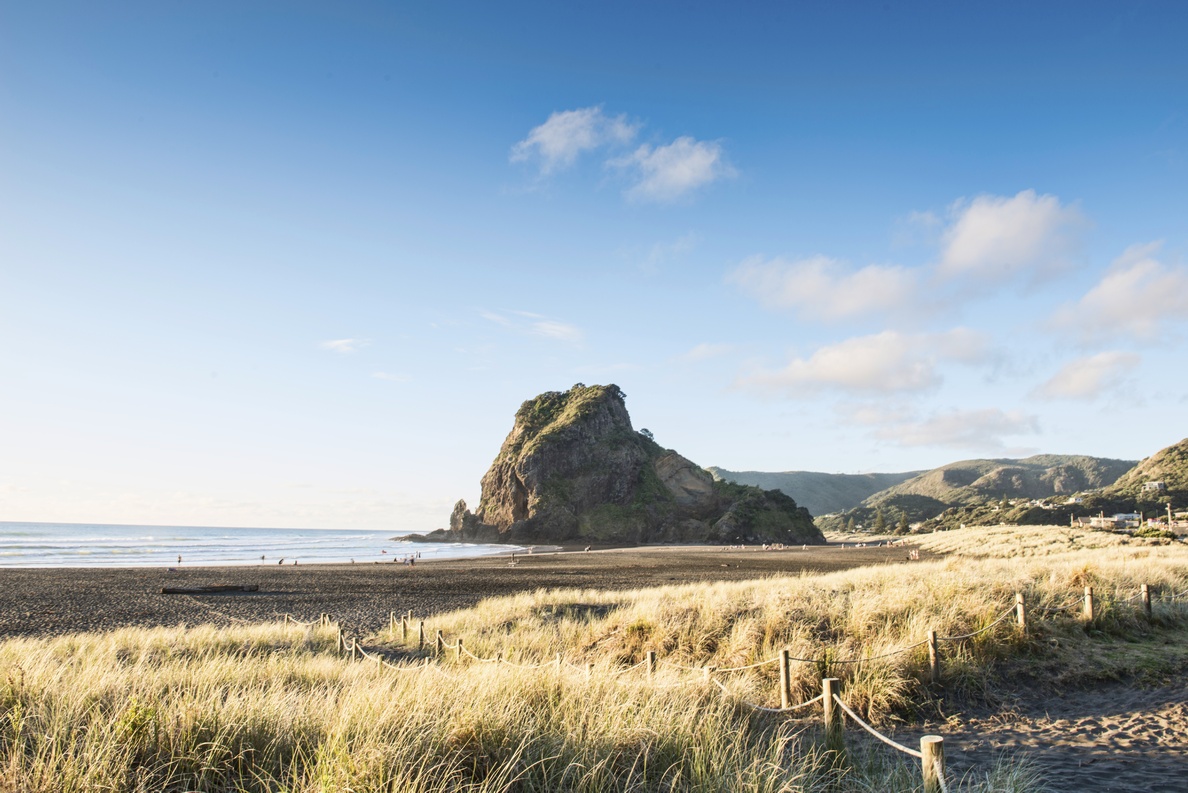Kaipara Harbour ecological monitoring programme: report on data, October 2009 to February 2014
Author:
S F Hailes, K R Carter, NIWASource:
Auckland Council Research and Evaluation Unit, RIMUPublication date:
2015Topics:
EnvironmentIn October 2009, the Kaipara Harbour Ecological Monitoring Programme was established to investigate the health of the southern half of the Harbour (the area within Auckland Council (AC) jurisdiction) and to detect changes associated with development in the surrounding catchment. The monitoring conducted is similar to other AC ecological monitoring programmes, and is focused on the abundances of selected macrofaunal taxa expected to respond differently to anthropogenic stressors, and the sediment characteristics of the extensive intertidal sandflats. Since the commencement of the Kaipara Harbour Monitoring Programme, valuable information has been collected concerning intertidal sediment characteristics and benthic macrofaunal communities in southern Kaipara Harbour. This has been presented to the combined AC/Northland Regional Council (NRC) Kaipara Research Projects Group and the Integrated Kaipara Harbour Management Group.
Bi-monthly monitoring is conducted at six sites distributed throughout the main body of the southern section of the Harbour: Tapora Bank; Kakarai Flats; Omokoiti Flats near the mouth of Haratahi Creek; Kaipara Flats; near the mouth of Ngapuke Creek; and Kaipara Bank near the mouth of Kaipara River. Sites are located on homogeneous sandflat areas but positioned near to mud/sand transitions to enhance the ability of the programme to detect the spread of muddy sediment.
Recognising natural patterns in macrofaunal abundances aids in detecting changes above natural variation related to anthropogenic activities. In the Kaipara, taxa displaying seasonal patterns and/or multi-year cycles in their abundances have been observed across all monitoring sites (average 51%). Furthermore, with an additional two years of data, there are fewer occurrences of taxa displaying high and unpredictable variability in abundance (average 10% across all sites, compared to 16% reported in 2012). Seasonal patterns in sediment properties are also becoming apparent, with percent mud content and sediment organic matter content generally higher leading up to and during the winter (April-October) at all monitored sites.
This report addresses several questions relevant to State of the Environment (SOE) monitoring:
- Have there been any changes in the characteristics of each site or the surrounding areas?
- Have there been any changes in the monitored taxa and are these of concern?
- Are any changes observed confined to one site or area of the Harbour, or do they reflect a harbour-wide change?
Auckland Council technical report, TR2015/008
March 2015
